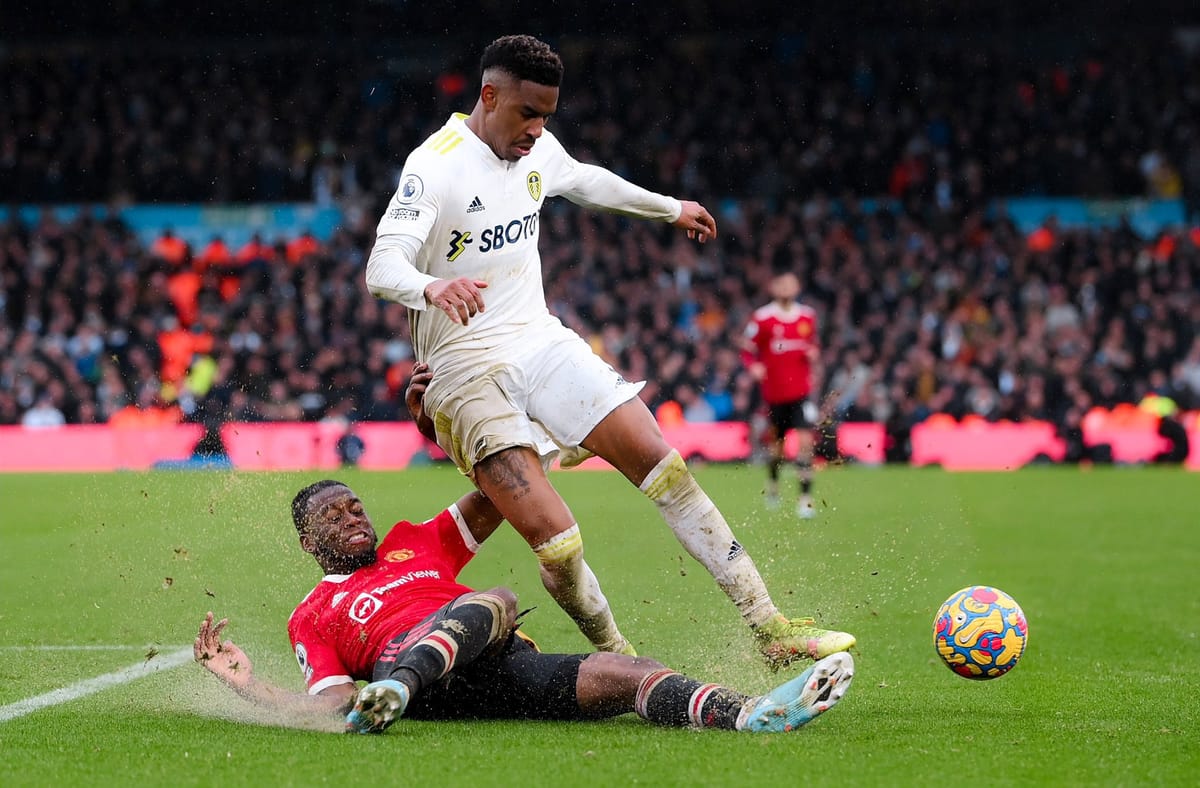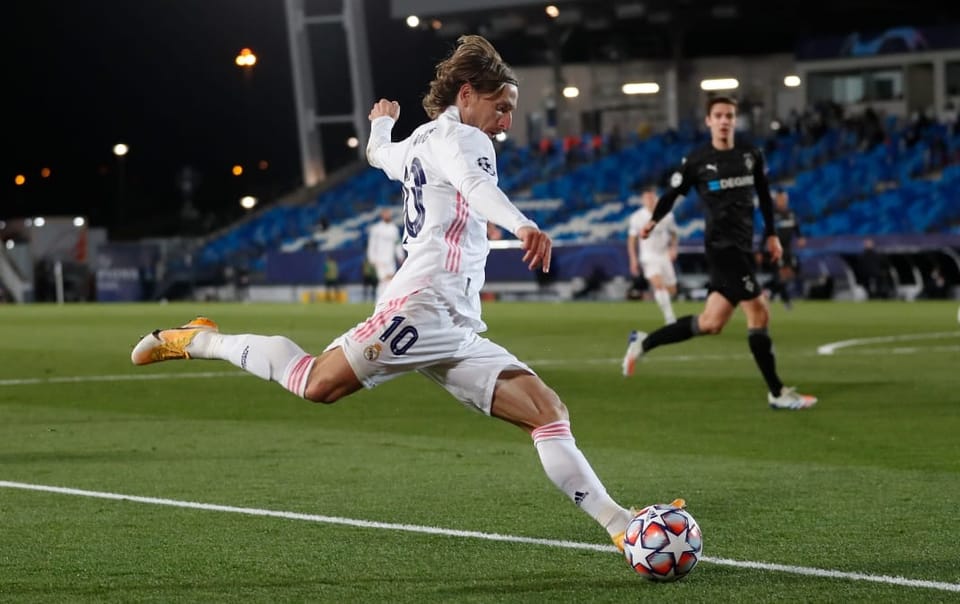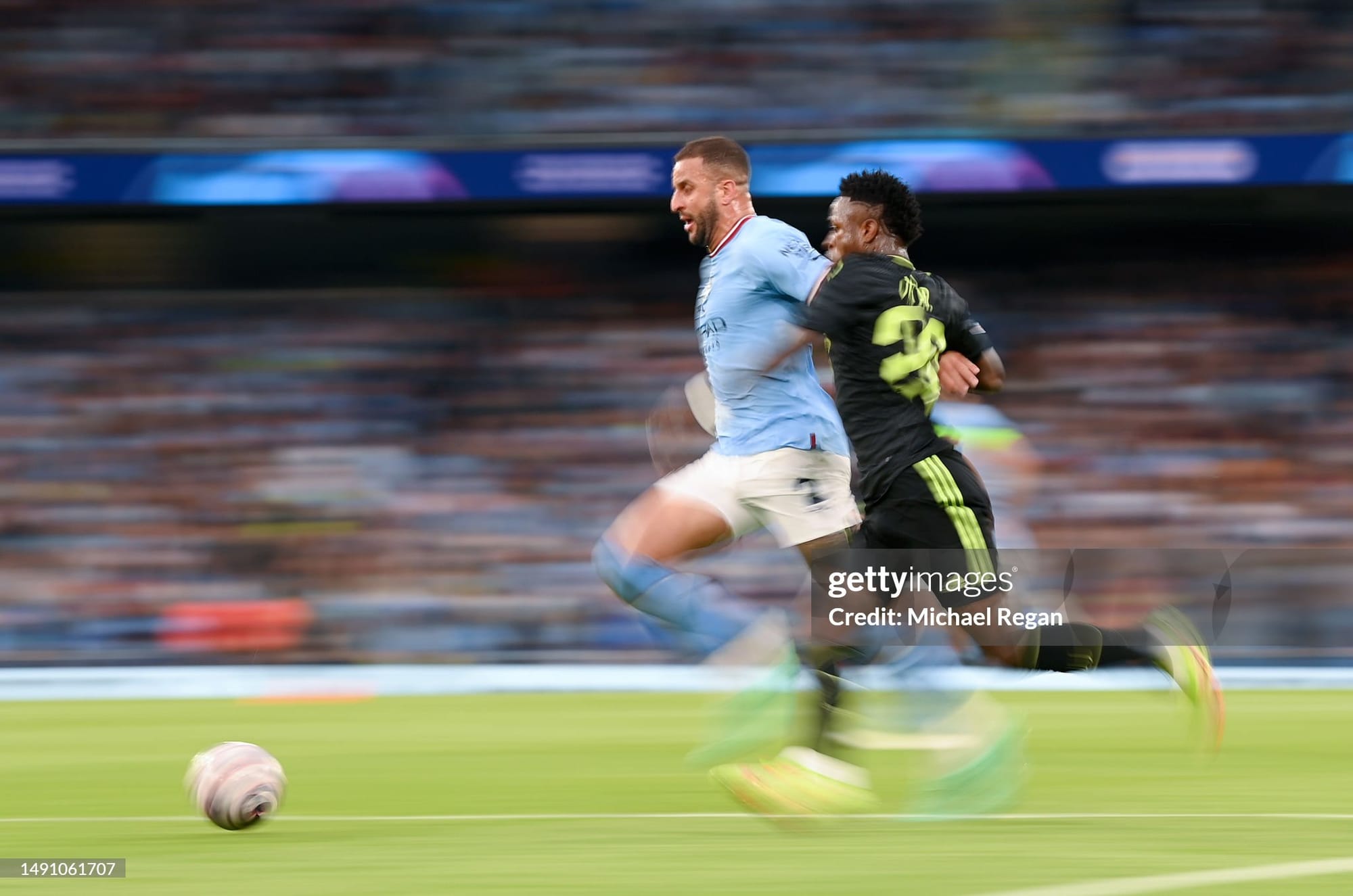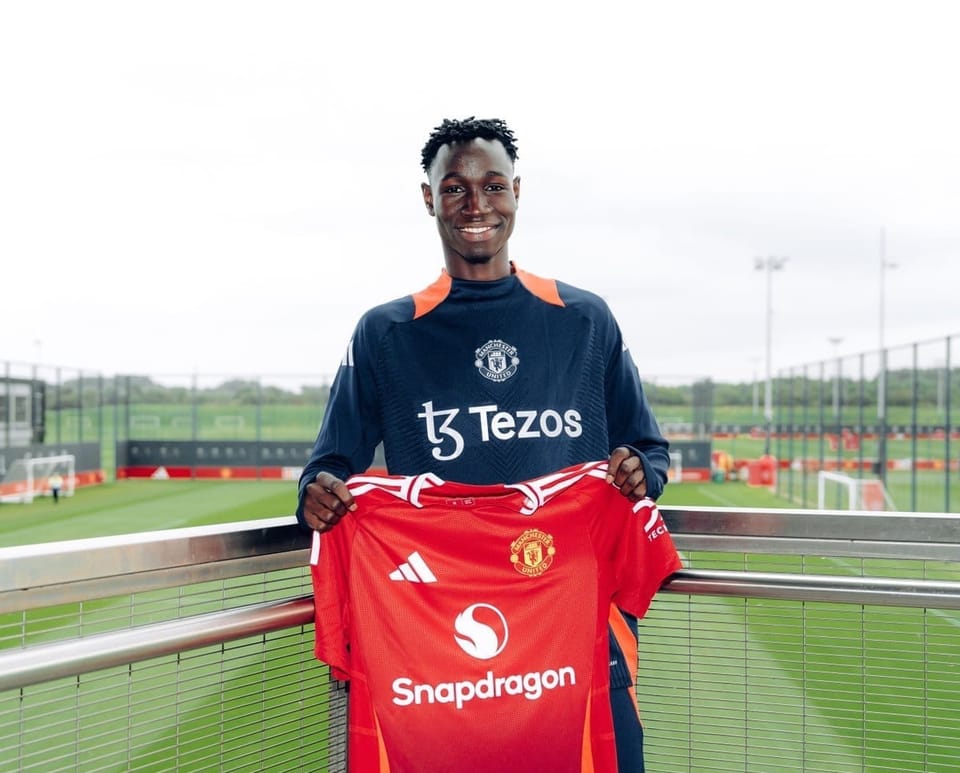Deducing a Player's Fit From Their Tackling Mechanics

Background
Coaches and scouts project players’ skillset and how they might align with their specific game model. While discussions abound on player statistics, potential, and performance, the biomechanics behind these attributes often go unnoticed in public discourse, take tackling for instance.
Methodology
To understand how a player’s tackling mechanics can indicate their suitability for different game models, we need to ask specific questions:
- From which angles and at what proximity can the player effectively tackle?
- What usually happens post-tackle? Is the ball retained by the tackler, does it go out of bounds, or does it end up loose?
- What kind of physical and mental exertion does the action require?
Case Study: To illustrate this, let’s analyze the tackling mechanics of two players: Kyle Walker and Aaron Wan-Bissaka.
Kyle Walker:
- Approach to Tackle: Kyle contests with both his hands and then uses his frame to gain advantage.
- Post-Tackle Outcome: Most often, he retains the ball, kickstarting the next possession for his team.
- Exertion Level: His approach is sprint-intensive as he needs to be shoulder-to-shoulder with the opponent. This demands equivalent stamina and endurance.
Ideal Fit for Walker: Based on his mechanics, Kyle Walker suits a role where he’s the last line of defense and plays for a team that thrives on retaining possession.
Aaron Wan-Bissaka:
- Approach to Tackle: Aaron challenges on the ground using either foot and can do so from various angles.
- Post-Tackle Outcome: When he’s positioned deeper, the ball usually goes out of bounds. When he’s higher up the pitch, the ball often ends up loose.
- Exertion Level: He is susceptible to a lot of physical challenges, taking a lot of knocks, and even occasionally getting trampled on. This requires a calm, unfazed temperament.
Ideal Fit for Wan-Bissaka: Aaron’s mechanics make him perfect for a catenaccio-style defense, aiming to break down and disrupt the opponent’s rhythm. He’s also apt for a more aggressive role in a pressing scheme, possibly acting as the pressing trap. Additionally, he might be ideal for an insurer role in rest-defense.
Supplementary Case-Study
If you have one of the few elite counter-pressers in the sport, in Rice or Wan-Bissaka, THE ‘tactic’ is to:
— Joel A. A. (@joeladejola) December 5, 2023
• liberate them from the deeper lines.
• funnel the press to their marker.
• allow them ‘stand on business.’
👍🏾 img. 1 (Arteta for Rice)
👎🏾 img. 2 (Ten Hag for AWB) pic.twitter.com/FAhjyBB3Sw
Feed-Forward: Translating Mechanics into Scouting Reports
When scouts or coaches use this methodology in their reports or recommendations, they might structure it as follows:
- Pre-execution analysis: The player’s approach and readiness to tackle.
- The mechanics of the tackle and areas of potential improvement.
- The outcome post-tackle.
- Suitable fit for the player based on specific game models and strategies.
In conclusion, understanding the biomechanics behind a player’s actions offers a rich layer of information that can be invaluable for team building and strategy formulation.
What Next?
If you enjoyed this, consider subscribing to BallerzBantz, following us on Twitter, and sharing this with someone. We're publishing one bite-sized analysis + solution daily. By subscribing, you will receive one synopsis each week.
Join us to stay ahead and contribute to this burgeoning community.
Who is the Writer?
Joel A. Adejola is an undergraduate at the University of Kansas (KU), studying Engineering and Philosophy.



